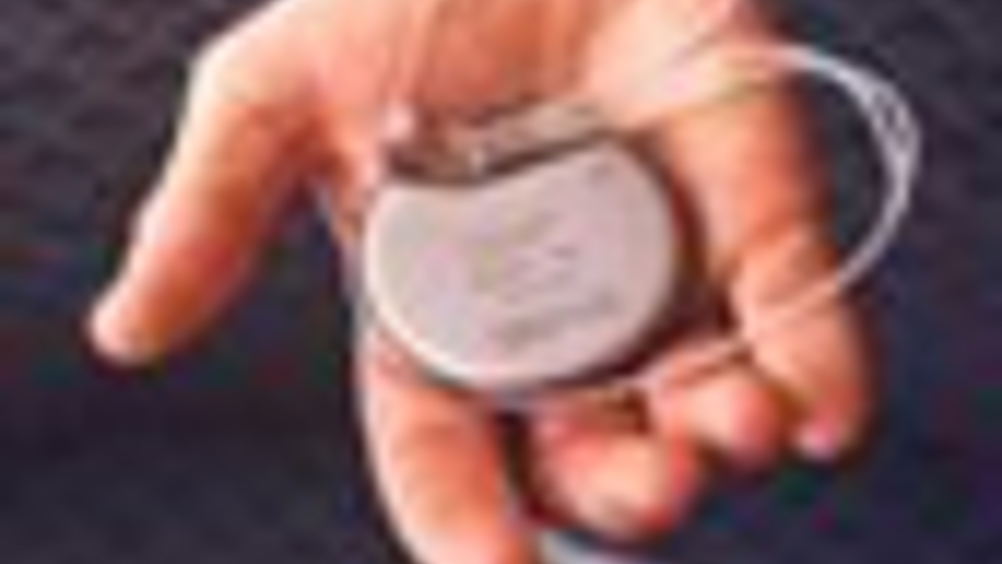Success for VNS
Psychiatrists at Rush University Medical Center are the first in Chicago to use a vagus nerve stimulator, an implantable, pacemaker-like device, as a therapy to treat long-term depression.

Psychiatrists at
are the first in Chicago to use a vagus nerve stimulator (VNS), an implantable, pacemaker-like device, as a therapy to treat long-term, treatment-resistant depression (TRD) in adults. Dr. John Zajecka led the VNS therapy clinical trial at Rush.
The procedure to place the device, which is usually performed under general anaesthesia on an outpatient basis, takes about an hour. Two small incisions are required: one on the upper chest area for the pulse generator and one on the left neck for the thin, flexible wires that connect the pulse generator to the vagus nerve. The incisions heal in one to two weeks, and the scars fade over time.
"The pulse generator, which is like a pacemaker, is implanted in the chest area and sends mild pulses to the brain via the vagus nerve in the neck. A thin, thread-like wire attached to the generator, runs under the skin to the left vagus nerve. The vagus nerve, one of the 12 cranial nerves, serves as the body's 'information highway' connecting the brain to many major organs," said Zajecka.
Register now to continue reading
Thanks for visiting The Engineer. You’ve now reached your monthly limit of news stories. Register for free to unlock unlimited access to all of our news coverage, as well as premium content including opinion, in-depth features and special reports.
Benefits of registering
-
In-depth insights and coverage of key emerging trends
-
Unrestricted access to special reports throughout the year
-
Daily technology news delivered straight to your inbox










UK Enters ‘Golden Age of Nuclear’
The delay (nearly 8 years) in getting approval for the Rolls-Royce SMR is most worrying. Signifies a torpid and expensive system that is quite onerous...